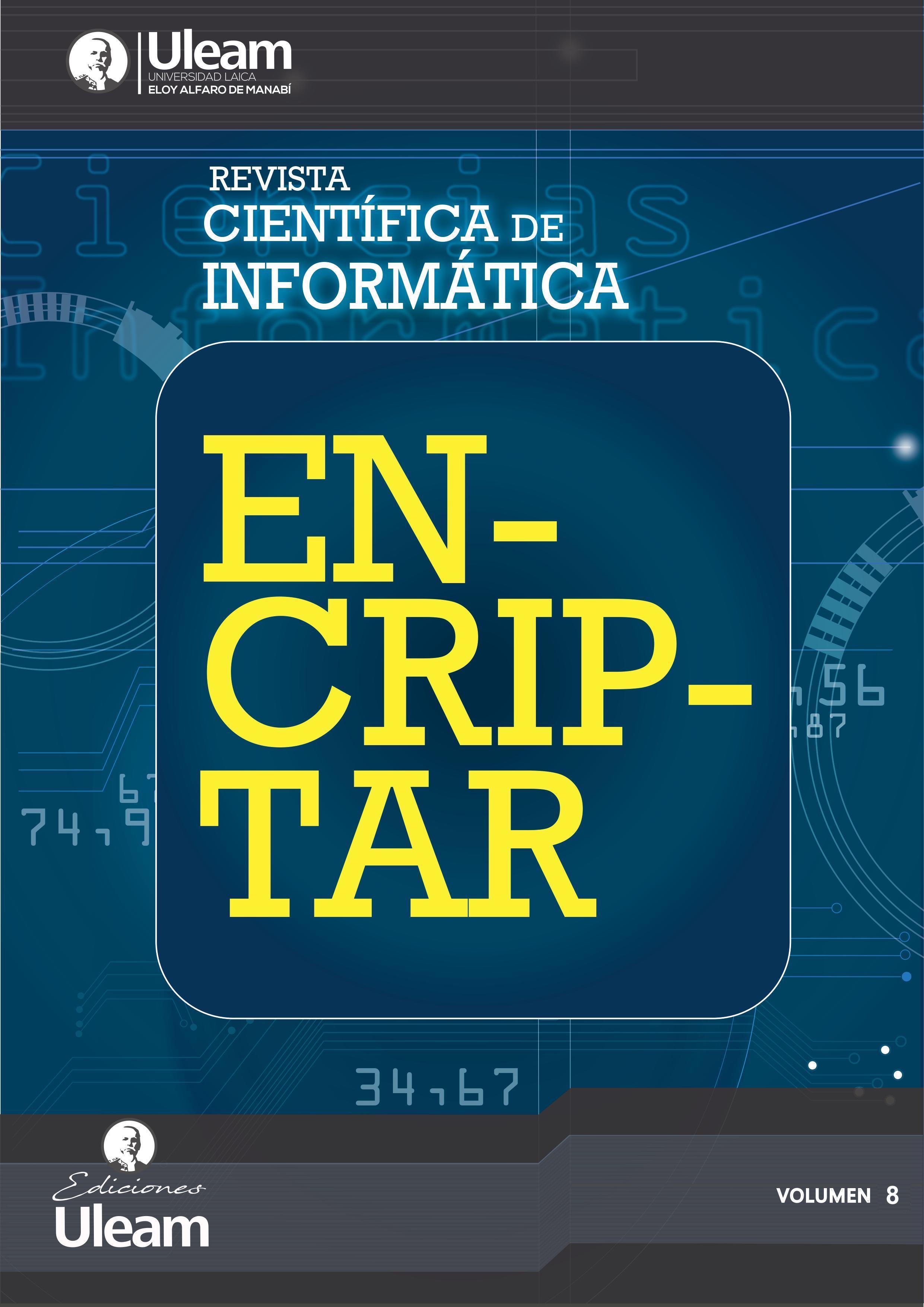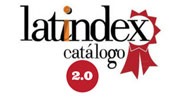Risk in the use of social networks
DOI:
https://doi.org/10.56124/encriptar.v8i16.006Keywords:
Social media risks, adolescents, privacy, sextingAbstract
The study carried out addresses the risks associated with the use of social networks among adolescents, focusing on the impact on the privacy and integrity of personal data. Through surveys and data analysis in educational institutions, specific risks faced by young people in the digital environment were identified. The ISO 31000 standard was applied to evaluate and classify the identified risks based on their probability of occurrence and their impact on students. Decreased sleep was found to be the most prevalent problem, followed by social isolation and decreased performance. In addition, the practice of sexting was analyzed, thus determining results that marked differences in the negative impacts between men and women, as well as between public and private institutions. These findings highlight the importance of implementing educational and awareness-raising strategies to promote responsible and positive use of social networks among young people.
Downloads
References
Bakes, T., McLennan, S. M., Carpenter, J. S., Below, J. M., Otte, J. L., Hanna, K. M., Ellett, M. L., Hadler, K. A., & Welch, J. L. (2012). Systematic review of health-related quality of life models. In Health and Quality of Life Outcomes (Vol. 10). https://doi.org/10.1186/1477-7525-10-134
Bartol, J., Vehovar, V., & Petrovčič, A. (2023). Systematic review of survey scales measuring information privacy concerns on social network sites. Telematics and Informatics, 85, 102063. https://doi.org/10.1016/J.TELE.2023.102063
Martínez Heredia, N., & García, E. G. (2018). Adolescentes y redes sociales: panorámica general sobre el uso, el tiempo y los riesgos. Journal for Educators, Teachers and Trainers JETT, 9(1), 42–54. https://digibug.ugr.es/bitstream/handle/10481/59986/306-1685-1-PB.pdf?sequence=1&isAllowed=y
Masrom, M. B., Busalim, A. H., Abuhassna, H., & Mahmood, N. H. N. (2021). Understanding students’ behavior in online social networks: a systematic literature review. In International Journal of Educational Technology in Higher Education (Vol. 18, Issue 1). Springer Science and Business Media Deutschland GmbH. https://doi.org/10.1186/s41239-021-00240-7
Mucci, A., Kawohl, W., Maria, C., & Wooller, A. (2020). Treating Schizophrenia: Open Conversations and Stronger Relationships Through Psychoeducation and Shared Decision-Making. Frontiers in Psychiatry, 11. https://doi.org/10.3389/fpsyt.2020.00761
Vizcaíno-Laorga, R., Catalina-García, B., & López De Ayala-López, M. C. (2019). Participation and commitment of young people in the digital environment. Uses of social networks and perception of their consequences. Revista Latina de Comunicacion Social, 74, 554–572. https://doi.org/10.4185/RLCS-2019-1345
Zulfahmi, M., Elsandi, A., Apriliansyah, A., Anggreainy, M. S., Iskandar, K., & Karim, S. (2023). Privacy protection strategies on social media. Procedia Computer Science, 216, 471–478. https://doi.org/10.1016/j.procs.2022.12.159.
Published
How to Cite
Issue
Section
License
Copyright (c) 2025 Scientific Journal of Informatics ENCRYPT - ISSN: 2737-6389.

This work is licensed under a Creative Commons Attribution-NonCommercial-ShareAlike 4.0 International License.















